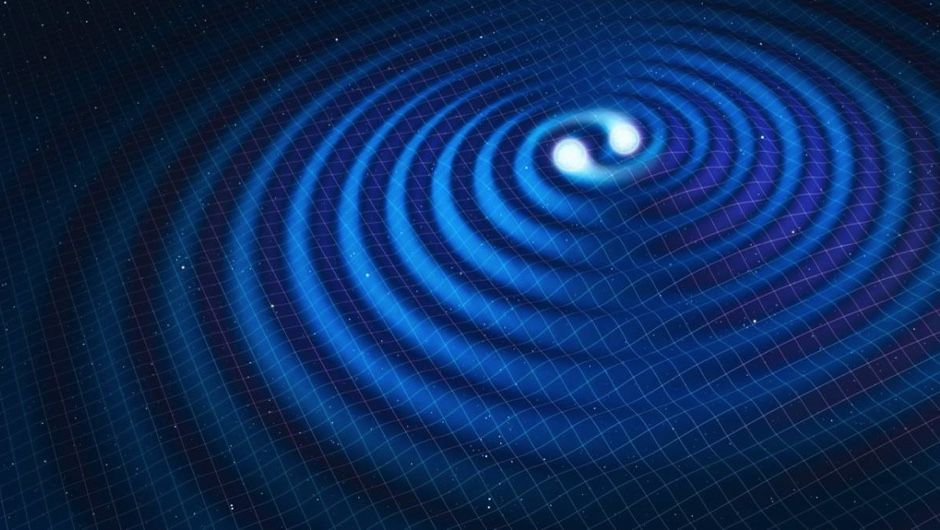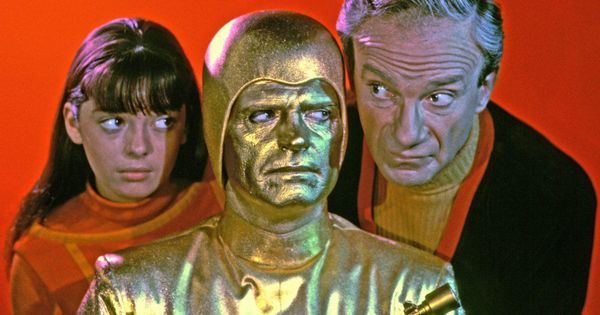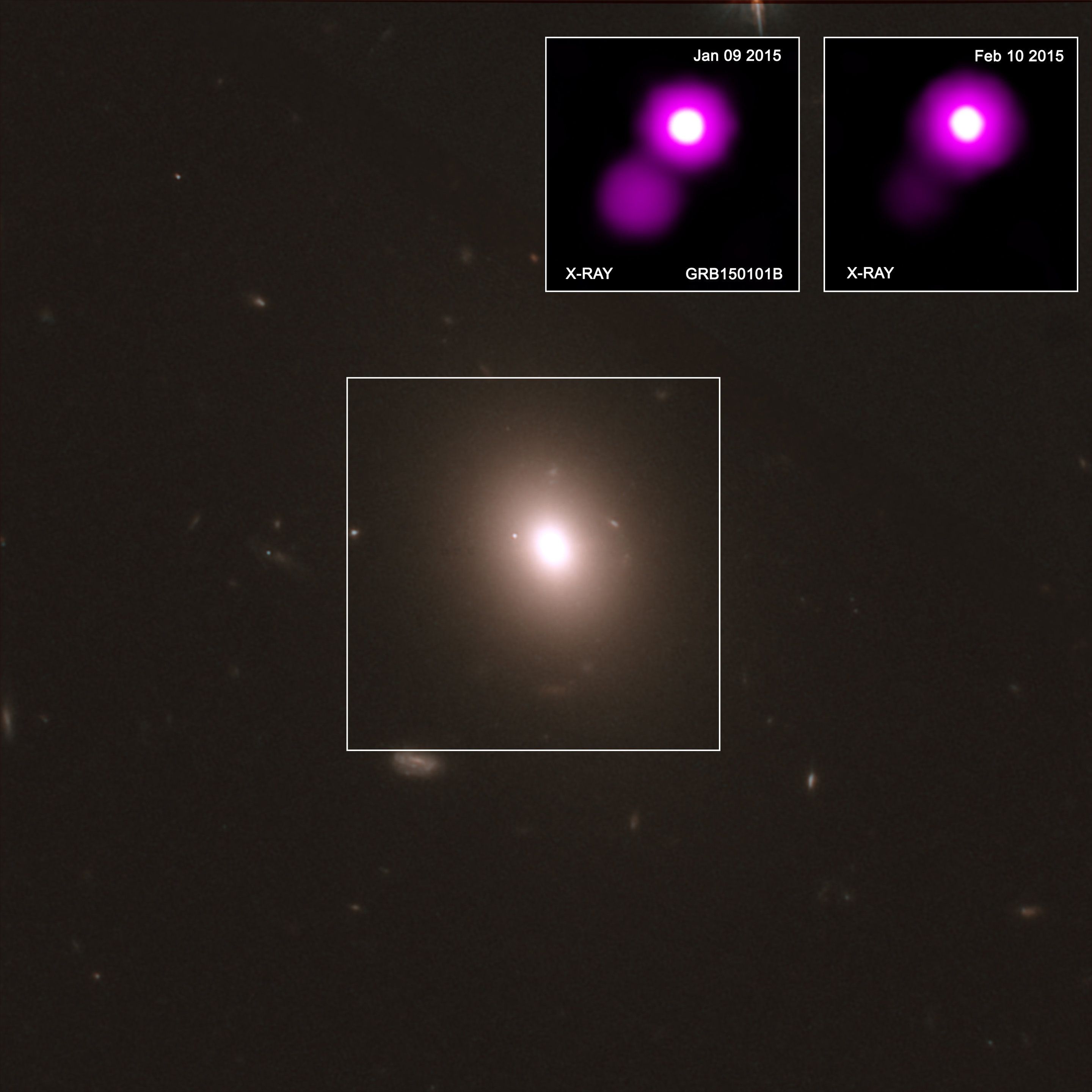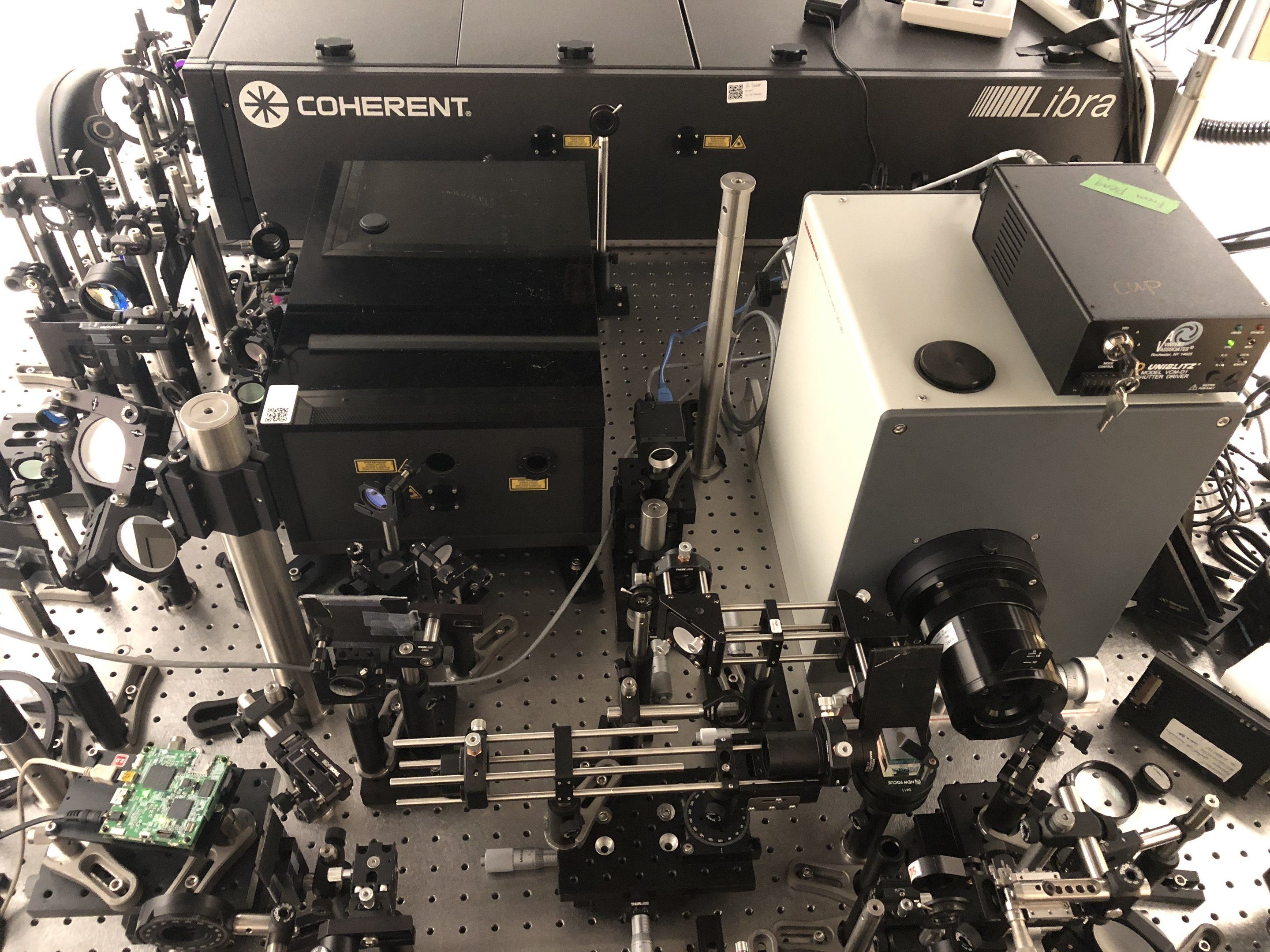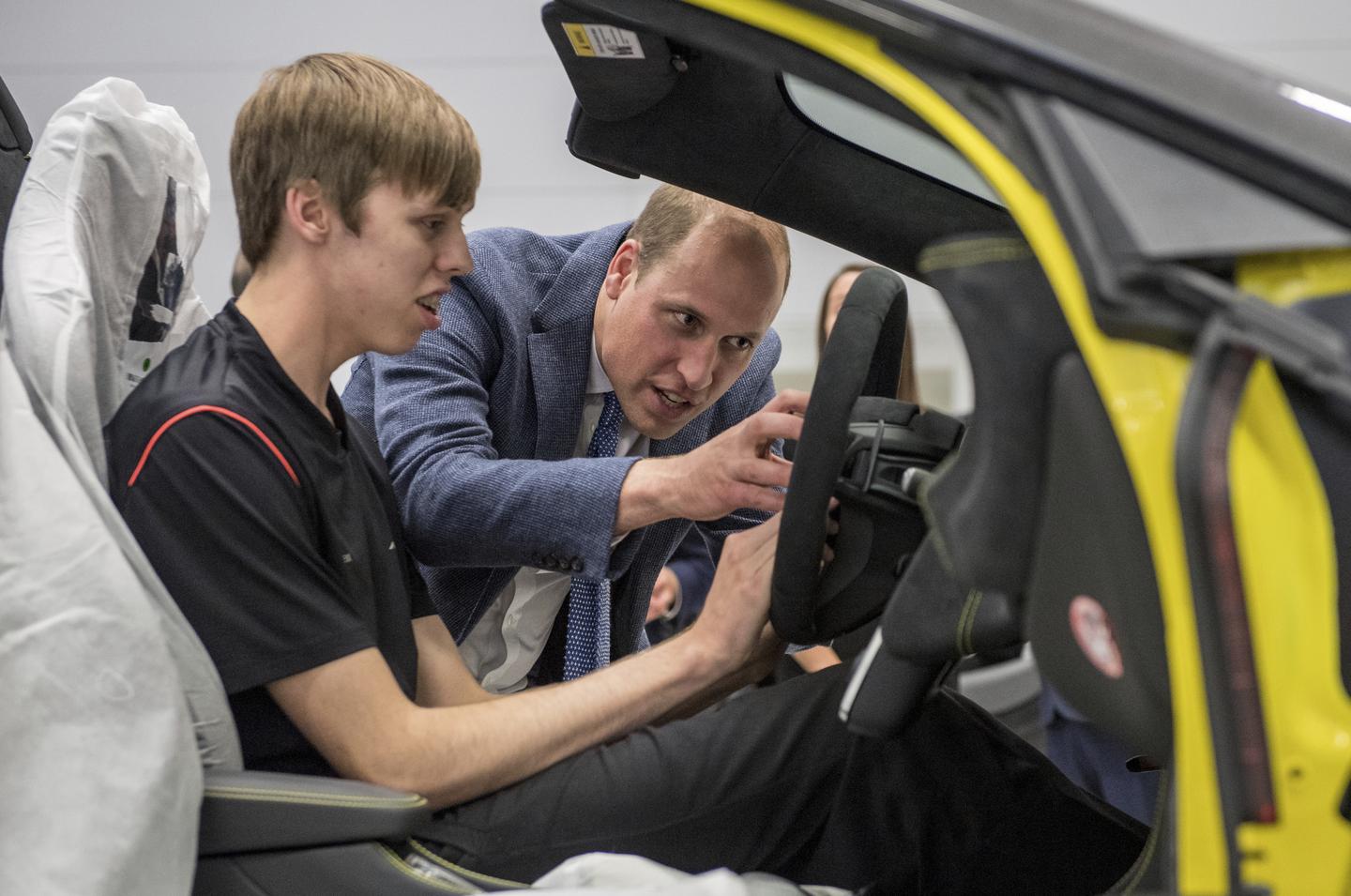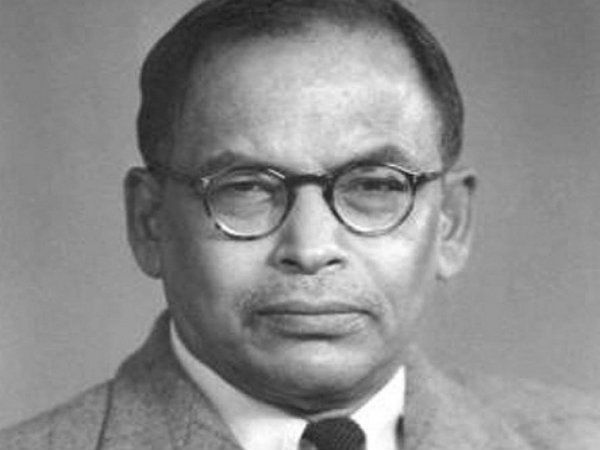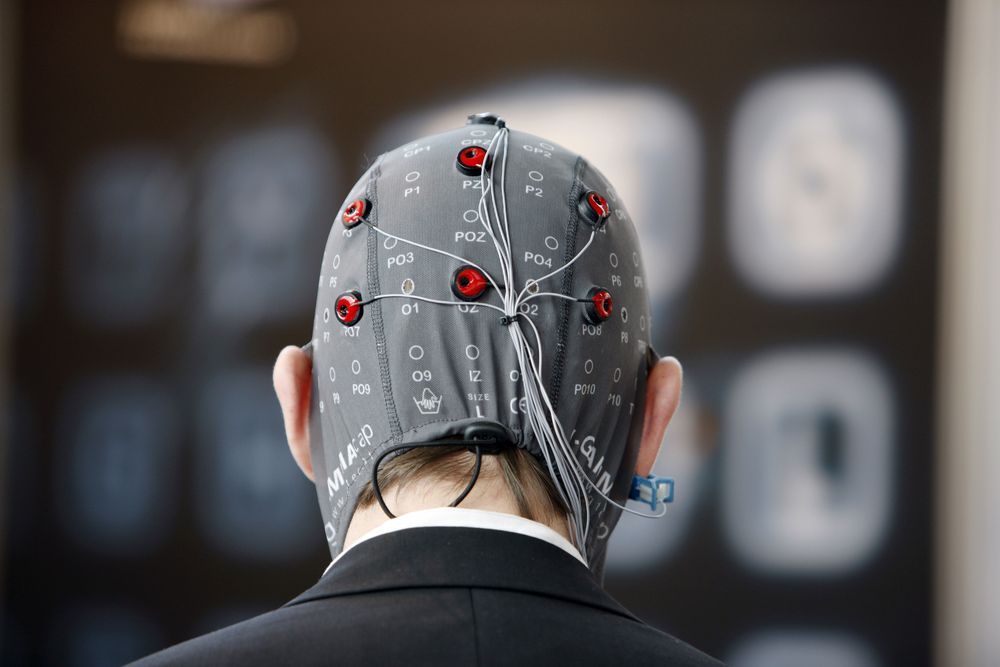Archive for the ‘physics’ category: Page 243
According to Einstein’s General Relativity, gravity travels at the speed of light. Proving it is far from simple, though: unlike light, gravity can’t simply be switched on and off, and is also extremely weak.
Over the years, various attempts have been made to measure the speed using studies of astronomical phenomena, such as the time delay of light as it passes through the huge gravitational field of Jupiter. While the results have been broadly in line with Einstein’s prediction, they’ve lacked the precision needed for compelling evidence. That’s now been provided by the celebrated detection of gravitational waves. Analysis of the signals picked up by the two giant LIGO instruments in the US has confirmed that gravity does indeed travel through space at the speed of light.
Oct 17, 2018
Extraterrestrials Might Look Like Us, Says Astrobiologist
Posted by Bill Retherford in categories: alien life, evolution, information science, physics
Maybe they’re not alien doppelgangers — mirror images of us.
But extraterrestrial life—should it exist—might look “eerily similar to the life we see on Earth,” says Charles Cockell, professor of astrobiology at the University of Edinburgh in Scotland.
Indeed, Cockell’s new book (The Equations of Life: How Physics Shapes Evolution, Basic Books, 352 pages) suggests a “universal biology.” Alien adaptations, significantly resembling terrestrial life—from humanoids to hummingbirds—may have emerged on billions of worlds.
Continue reading “Extraterrestrials Might Look Like Us, Says Astrobiologist” »
Oct 16, 2018
All in the family: Kin of gravitational wave source discovered
Posted by Genevieve Klien in categories: physics, space
On October 16, 2017, an international group of astronomers and physicists excitedly reported the first simultaneous detection of light and gravitational waves from the same source—a merger of two neutron stars. Now, a team that includes several University of Maryland astronomers has identified a direct relative of that historic event.
Oct 12, 2018
World’s fastest camera freezes time at 10 trillion frames per second
Posted by Genevieve Klien in categories: biological, physics
What happens when a new technology is so precise that it operates on a scale beyond our characterization capabilities? For example, the lasers used at INRS produce ultrashort pulses in the femtosecond range (10-15 s), which is far too short to visualize. Although some measurements are possible, nothing beats a clear image, says INRS professor and ultrafast imaging specialist Jinyang Liang. He and his colleagues, led by Caltech’s Lihong Wang, have developed what they call T-CUP: the world’s fastest camera, capable of capturing 10 trillion (1013) frames per second (Fig. 1). This new camera literally makes it possible to freeze time to see phenomena—and even light—in extremely slow motion.
In recent years, the junction between innovations in non-linear optics and imaging has opened the door for new and highly efficient methods for microscopic analysis of dynamic phenomena in biology and physics. But harnessing the potential of these methods requires a way to record images in real time at a very short temporal resolution—in a single exposure.
Using current imaging techniques, measurements taken with ultrashort laser pulses must be repeated many times, which is appropriate for some types of inert samples, but impossible for other more fragile ones. For example, laser-engraved glass can tolerate only a single laser pulse, leaving less than a picosecond to capture the results. In such a case, the imaging technique must be able to capture the entire process in real time.
Oct 11, 2018
Some Physicists Think Time May Be Slowing Down
Posted by Genevieve Klien in categories: physics, space
The universe is expanding at an ever-accelerating rate. At least, that’s what the vast majority of scientists would have you believe. But according to a team of Spanish physicists, it may not be the expansion of the universe that’s changing rate, but time itself. Time might be slowing down, and that means that it could eventually stop altogether.
Oct 6, 2018
The Insane Physics of Airbags
Posted by Genevieve Klien in categories: physics, transportation
I can imagine the meeting: A dozen engineers are gathered around a conference table to discuss automobile safety. How can we protect people during a car crash? We have already added seat belts and crumple zones to cars. Is there anything else we can include? One attendee reluctantly raises their hand with a suggestion: “How about we add an explosive in the steering wheel?”
Oct 6, 2018
Meghnad Saha the physicist also known for Planning Commission and providing national calendar
Posted by Genevieve Klien in categories: government, physics
New Delhi, Oct 6: There are many unsung and forgotten heroes that India has in abundance. One such man whose 125th birth anniversary falls today is Meghnad Saha who was not only nominated for the Nobel Prize in Physics more than once but was also elected to the first Lok Sabha in 1952 as an independent candidate defeating the Congress nominee Prabhu Dayal Himatsingka. But more interestingly he was the chairperson of Calender Reforms Committee set up in 1952.
No one can forget the role of Planning Commission of India in the growth trajectory of the country which was actually conceived by Subhash Chandra Bose at the Haripura Congress in 1938. Bose as a president proposed it as National Planning Committee in which Saha had shown very keen interest.
Also Read Denis Mukwege, Nadia Murad awarded 2018 Nobel Peace Prize.
Oct 4, 2018
A new brain-inspired architecture could improve how computers handle data and advance AI
Posted by Marcos Than Esponda in categories: physics, robotics/AI
General interest.
IBM researchers are developing a new computer architecture, better equipped to handle increased data loads from artificial intelligence. Their designs draw on concepts from the human brain and significantly outperform conventional computers in comparative studies. They report on their recent findings in the Journal of Applied Physics.
Today’s computers are built on the von Neumann architecture, developed in the 1940s. Von Neumann computing systems feature a central processer that executes logic and arithmetic, a memory unit, storage, and input and output devices. Unlike the stovepipe components in conventional computers, the authors propose that brain-inspired computers could have coexisting processing and memory units.
Oct 3, 2018
The Next Social Networks Could Be Brain-to-Brain
Posted by Mike Ruban in categories: neuroscience, physics, space
It might already feel like social media is taking up too much of our mental space, but just wait until it’s literally inside of our brains.
Physicists and neuroscientists have developed the world’s first “brain-to-brain” network, using electroencephalograms (EEGs), which record electrical activity in the brain, and transcranial magnetic stimulation (TMS), which can transmit information into the brain, to allow people to communicate directly with each other’s brains — a new and thrilling (and a little terrifying?) example of science fiction brought to life.
Researchers at the University of Washington in Seattle announced last week that they successfully used their interface, which they call BrainNet, to have a small group of people play a collaborative “Tetris-like” game — with their minds.
Continue reading “The Next Social Networks Could Be Brain-to-Brain” »

